The Leica M3 is a legendary camera released in 1955, praised for its mechanical precision and durability.
Perfect for 50mm lens enthusiasts, the M3’s viewfinder offers unmatched clarity and ease of focus.
Its all-metal design and lack of a built-in light meter highlight the camera’s classic, functional aesthetic.
Despite being nearly 70 years old, a well-maintained M3 can still outperform newer cameras in smoothness and build quality.
The M3 is an investment piece, retaining value but requiring careful consideration due to potential maintenance costs.

A Snapshot of the Leica M3‘s Legacy
When you hear photographers speak of the Leica M3, it’s often with a tone of reverence. Released over six decades ago, this camera has cemented its place in the pantheon of classic cameras. M3 has come to represent: unparalleled craftsmanship, a benchmark for quality, and a beacon for photographers who value the tactile experience of shooting with film.
The Mechanics Behind the Masterpiece
The heart of the Leica M3 lies in its mechanical precision. Every dial, button, and lever has been designed with intention and care. It’s fully mechanical, which means no reliance on batteries or electronics.

Pros and Cons Table
The table below presents a clear picture of the M3’s strengths and weaknesses. Understanding these will help you decide if this camera aligns with your photography style and needs.
|
Pros |
Cons |
|---|---|
|
Exceptional build quality and durability |
Can be expensive to purchase and maintain |
|
Optimized viewfinder for 50mm lenses |
No built-in light meter |
|
Timeless design and aesthetics |
Requires knowledge of manual settings |
|
Quiet and discreet for street photography |
Not as versatile with wider lenses without external finders |
|
Retains value over time |
Not suitable for fast-paced shooting |
The Bright Spots: Advantages of the M3
The Leica M3‘s advantages are numerous. Its mechanical reliability means fewer malfunctions and a longer lifespan. The viewfinder’s clarity and frame lines for 50mm and 90mm lenses make it a joy to shoot with. And let’s not forget the intangible quality of using a camera with such a storied history—a factor that continues to inspire photographers around the world.

Considerations: Some Drawbacks to Note
However, the M3 is not without its drawbacks. Its initial cost, along with potential maintenance expenses, can add up. The lack of a built-in light meter may deter those who prefer more modern conveniences. Also, if you frequently shoot with wide-angle lenses, you’ll need to invest in external viewfinders, as the M3’s viewfinder is optimized for longer focal lengths.
Design and Ergonomics: The Aesthetics of Functionality
Its design is timeless, with a sleek, uncluttered exterior that has influenced camera design for generations. The all-metal body not only adds to the camera’s durability but also gives it a weight and solidity that feels reassuring in your hands.
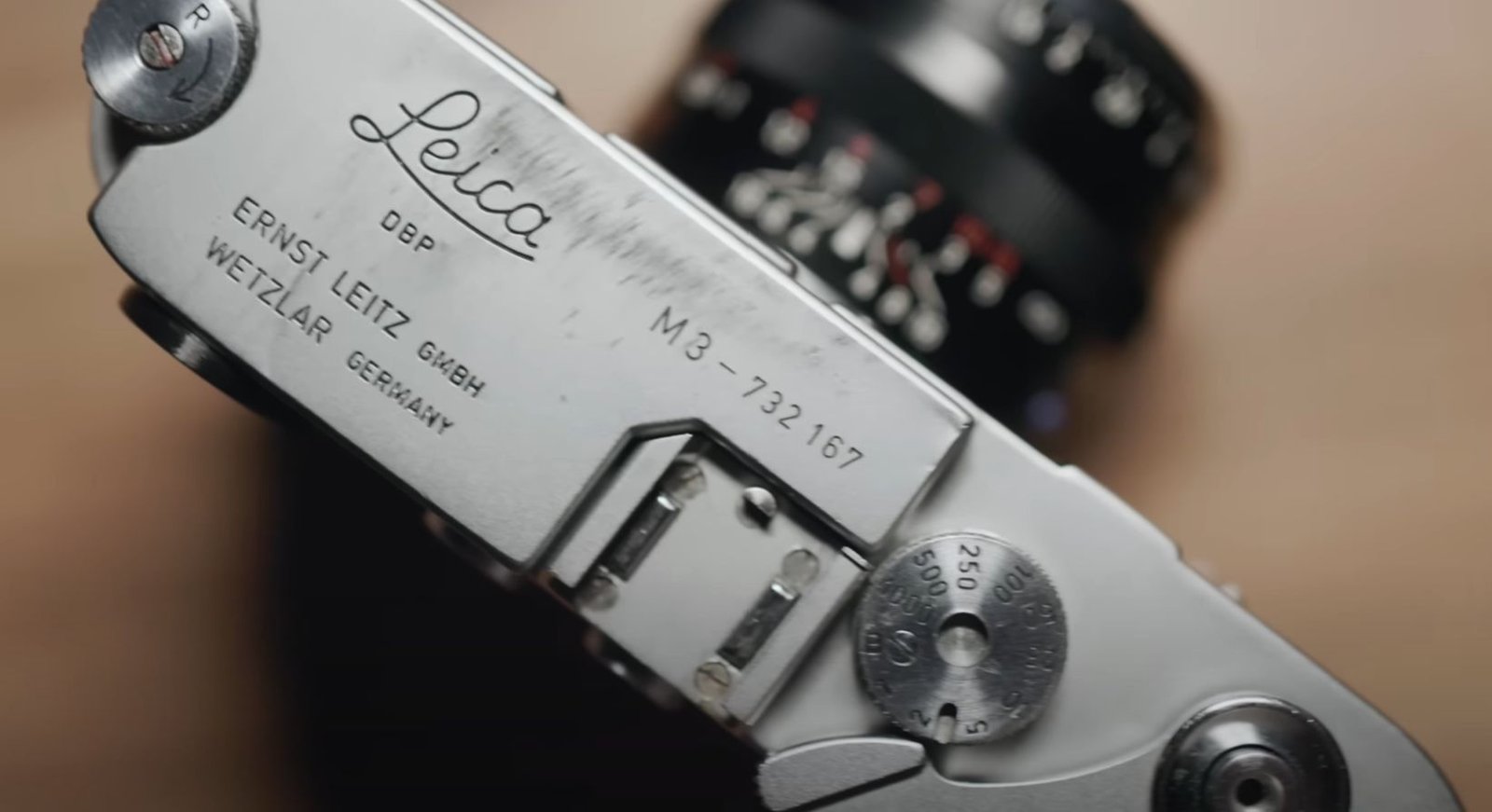
Classic Build Quality and Materials
Sturdy all-metal construction ensures longevity.
The chrome finish of early models exudes classic elegance.
Self-timer lever and clean lines contribute to a minimalist aesthetic.
With proper maintenance, an M3 can continue to create stunning images for decades, outliving many of its contemporaries and even some modern cameras.

User-Friendly Features for Precise Shooting
Despite its age, the M3 is remarkably intuitive to use. It lacks the myriad of buttons and dials that clutter modern cameras, opting instead for simplicity and ease of use. The viewfinder is bright and clear, with frame lines that pop into view as you focus. And although it lacks a built-in light meter, many photographers find this encourages a more engaged form of shooting, where you become attuned to the light and your environment.
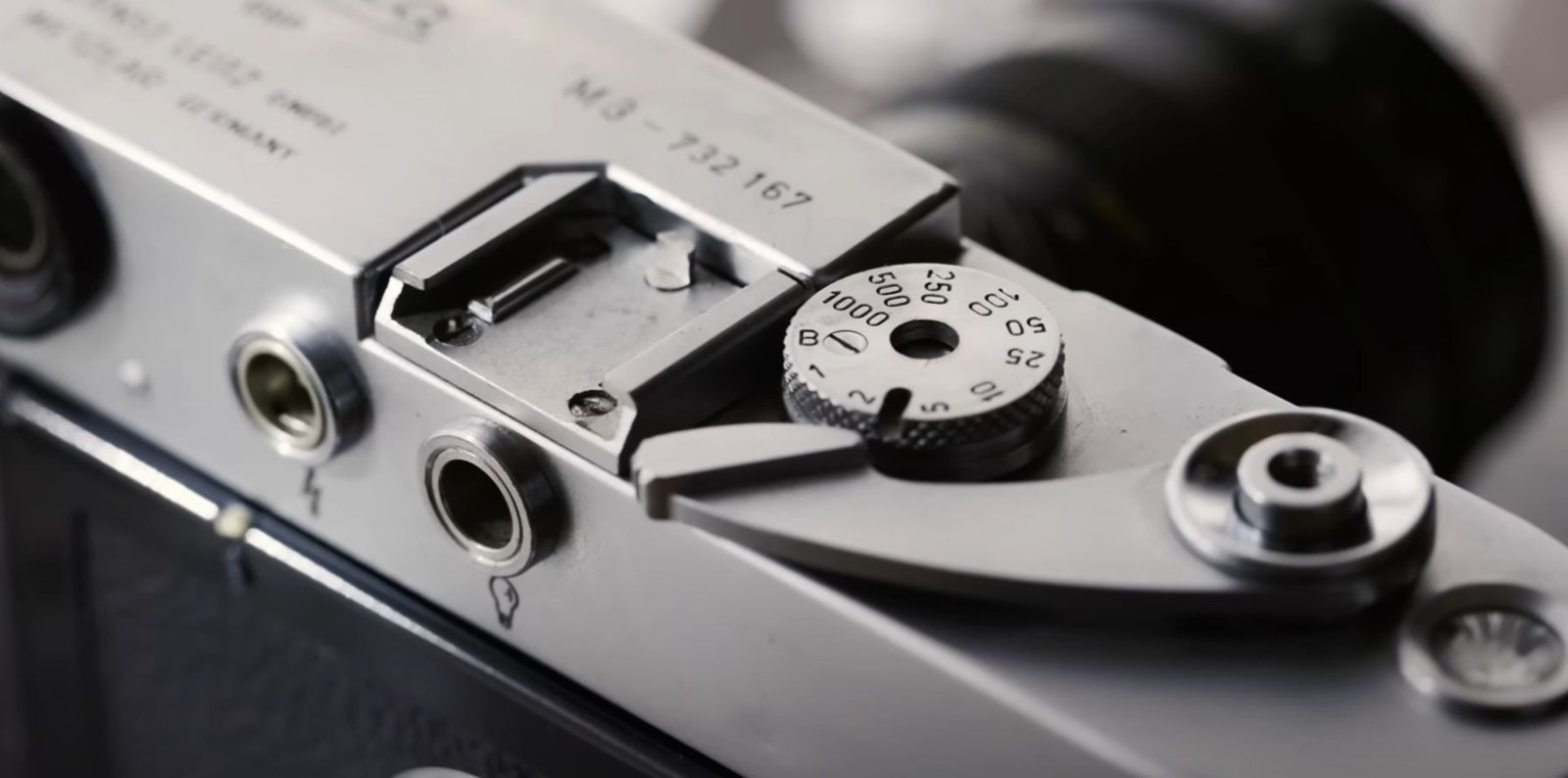
Optical Excellence: The Viewfinder & Lens Compatibility
The Brilliance of a High-Magnification Viewfinder
The viewfinder of the M3 is a thing of beauty. It’s designed with a high magnification ratio, making it exceptionally easy to focus, especially with 50mm lenses. This is not just a feature; it’s a deliberate design choice that caters to the needs of photographers who prefer this focal length—a focal length that many consider to be the “standard” for its natural perspective.

Pairing the M3 with Iconic Leica Lenses
Leica lenses are renowned for their quality, and the M3 pairs beautifully with them. The camera was designed with 50mm and 90mm lenses in mind, which means using these focal lengths feels seamless. The 90mm frame lines are built into the viewfinder, so there’s no need for additional accessories when shooting with a 90mm lens.
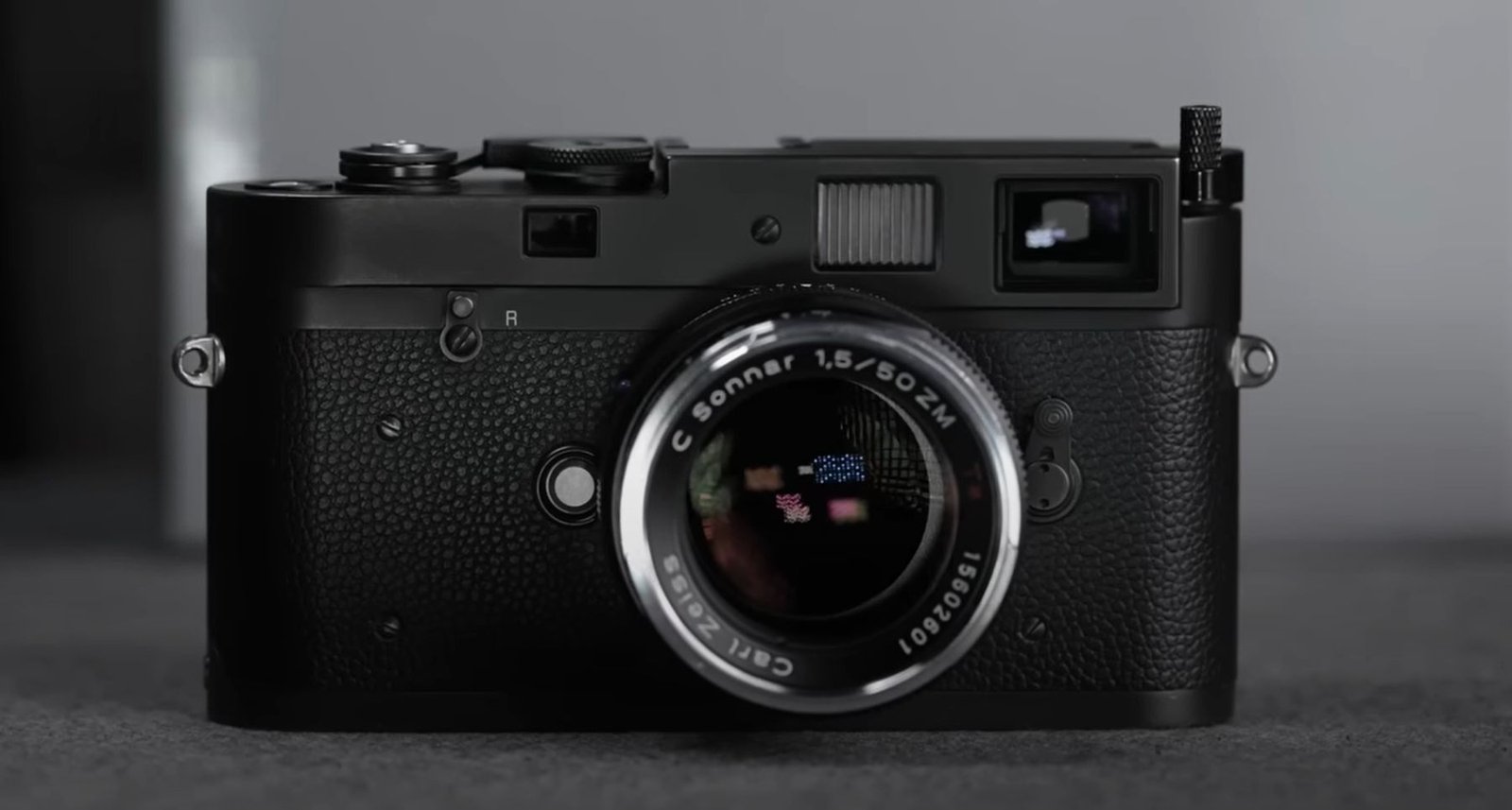
Shooting Experience: Embracing the Analog Process
From Film Loading to the Decisive Click
Loading film into the M3 is an experience in itself. It’s a reminder of the tangible nature of photography, of the physical medium that captures light and shadow. The camera’s operation is quiet and unobtrusive, making it ideal for street photography or any situation where discretion is key.

The lack of a built-in light meter might seem daunting at first, but it’s an opportunity to learn and grow as a photographer. Understanding exposure by reading the light and making adjustments manually is a skill that will improve all aspects of your photography.
“The Leica M3 was released in 1955, almost 70 years ago now, and yet it’s considered by many to be the best Leica ever made and even the best camera ever by some.”
Navigating Without a Built-in Light Meter
Shooting with the Leica M3 means getting back to basics, and that includes learning to gauge light without the aid of a built-in meter. It’s a skill that seems daunting, but once mastered, it can transform your photography. You start to see light differently, understanding its nuances and how it interacts with your subject. And when you nail the exposure? That’s a satisfying accomplishment.
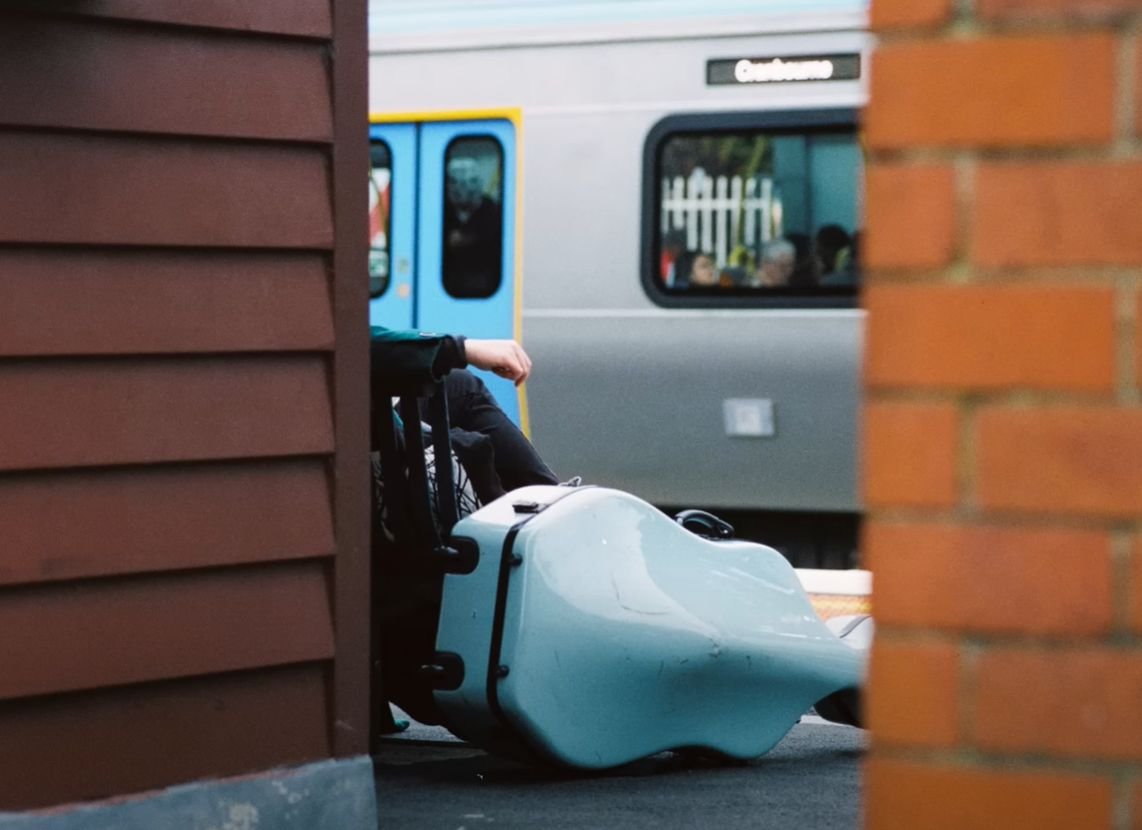
For those new to this concept, start by using a handheld light meter or a smartphone app to get readings. Then, compare your camera settings with the meter’s recommendations. Over time, you’ll develop an instinct for the right settings in a given light scenario. Remember, practice makes perfect.
Longevity and Maintenance of the M3
The key to the M3’s longevity is routine maintenance. Just like a classic car, it requires occasional tune-ups. A clean, lubricate, and adjust (CLA) service every few years will keep the shutter speeds accurate and the mechanics smooth. It’s important to find a technician skilled in working with vintage Leica cameras to ensure the best care for your M3.
Most importantly, proper storage is crucial. Keep your M3 in a cool, dry place and use it regularly. Exercise the shutter and film advance to prevent the mechanics from stiffening. Treat it with respect, and it will reward you with a lifetime of service.

Availability of Parts and Expert Repairs
Finding parts for a camera that’s nearly 70 years old might seem challenging, but there’s good news. The Leica M3 is so well-regarded that a network of enthusiasts and repair professionals has kept the supply chain alive. You can still find original or aftermarket parts, and skilled technicians who can perform repairs and restorations with a level of expertise that matches the camera’s pedigree.
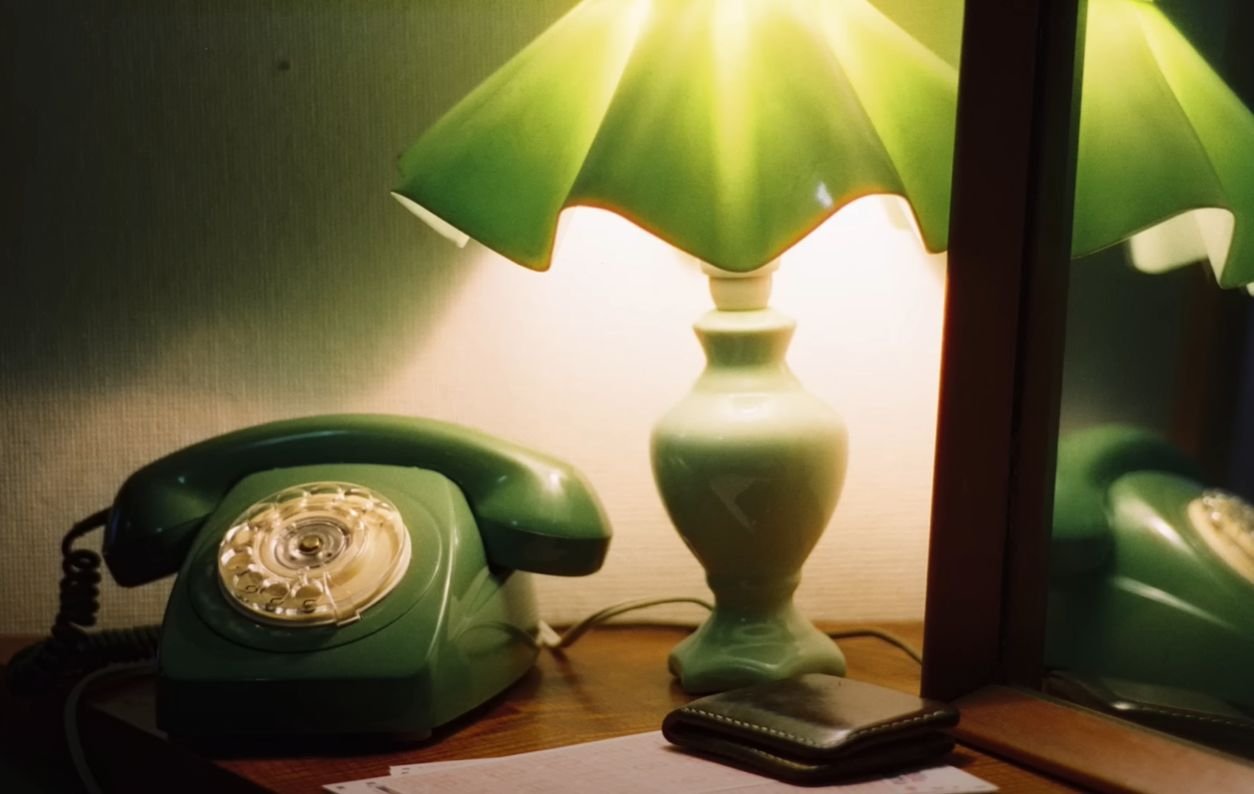
Analyzing the M3’s Market Value
In the current market, an M3 in good condition can range from approximately 1,500 to 2,500 US dollars. However, prices can vary based on the model’s condition, whether it’s a double stroke or single stroke, and its historical significance.
It’s worth noting that the M3 retains its value remarkably well. This isn’t just a camera you use; it’s one you can cherish and, if the time comes, sell without significant loss. That’s rare in the world of photography equipment, where most modern cameras depreciate the moment they’re purchased.
Is the M3 Worth the Price for Hobbyists and Pros?
For hobbyists who appreciate the art of film photography, the M3 offers an unparalleled experience. It’s a camera that slows you down and demands intentionality with every shot. For professionals, especially those who specialize in street or portrait photography, the M3 provides a level of discretion and image quality that is hard to match.
But it’s important to be realistic about the costs. Beyond the camera itself, you need to factor in the price of film, potential servicing, and the lenses that make the M3 shine. If these elements align with your passion and budget, then the M3 is more than worth the investment.

Conclusion: The Leica M3 as an Artist’s Tool
The Leica M3 is more than a camera—it’s a companion for the artist. It’s a tool that has been refined through the decades, offering a tactile experience that modern cameras struggle to replicate. The M3 invites you to engage with the world in a more deliberate way, to observe light and shadow, and to compose with care and precision.
Final Thoughts on the M3’s Place in Photography Today
Even in an age dominated by digital technology, the Leica M3 holds a special place in the hearts of photographers. It’s a testament to the power of mechanical precision and the enduring appeal of film photography. The M3’s place in photography today is as secure as it ever was—as a benchmark of quality, a beacon of craftsmanship, and a source of endless inspiration.
You can watch my YouTube video where I go more into detail about Leica M3
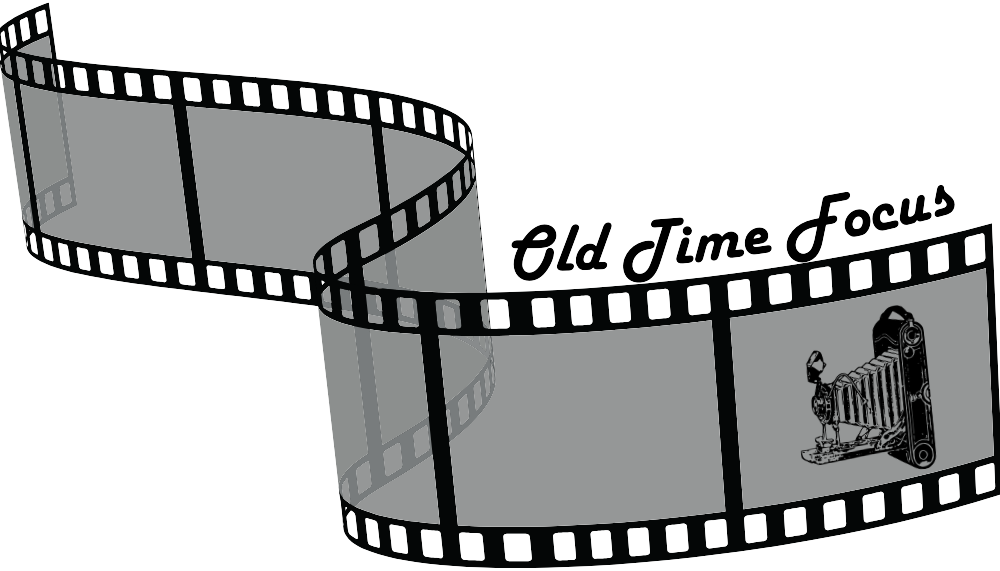
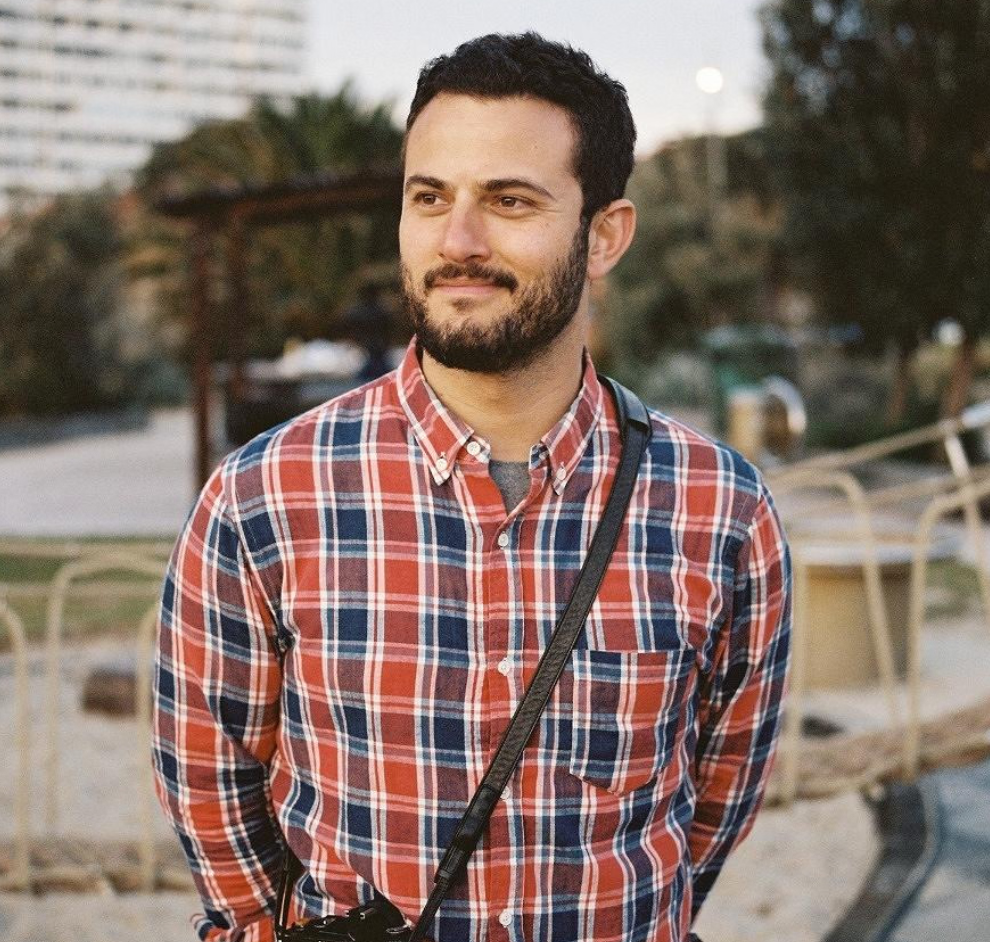
Leave a Reply